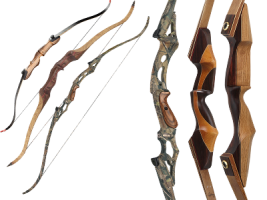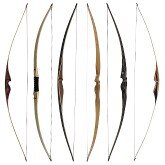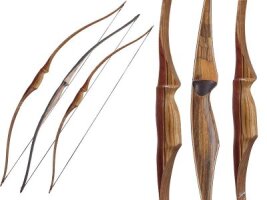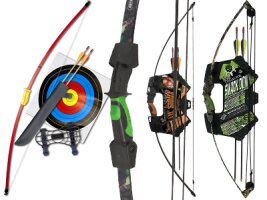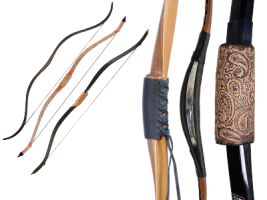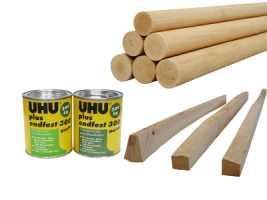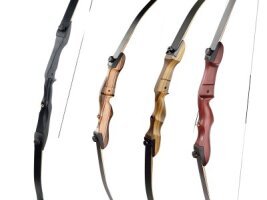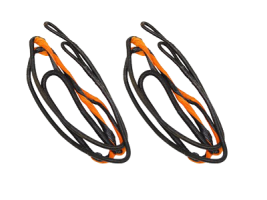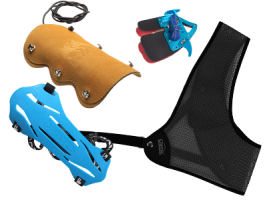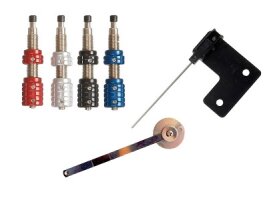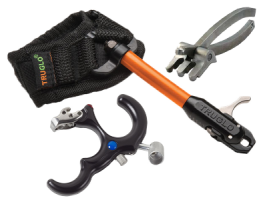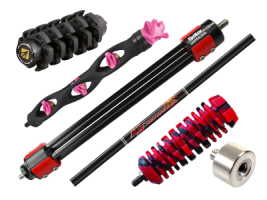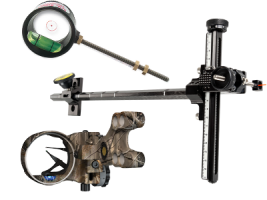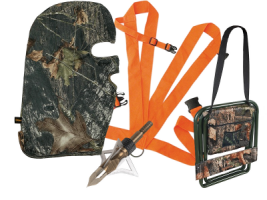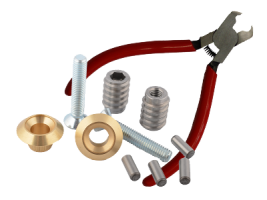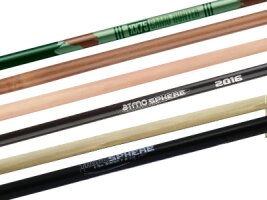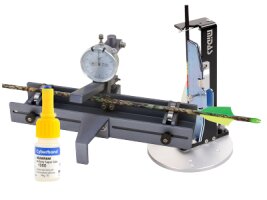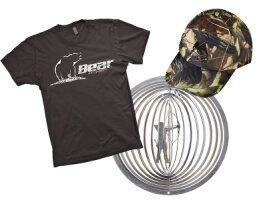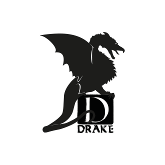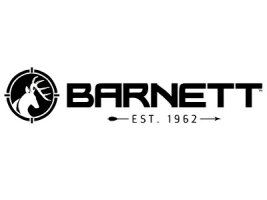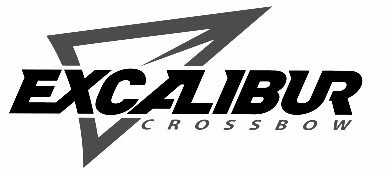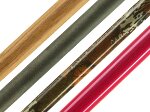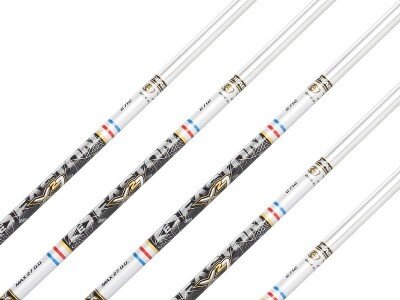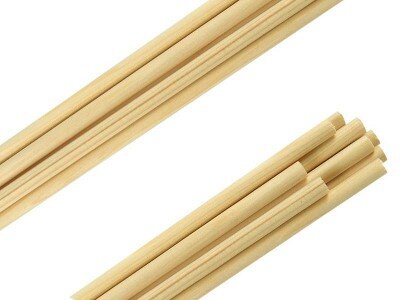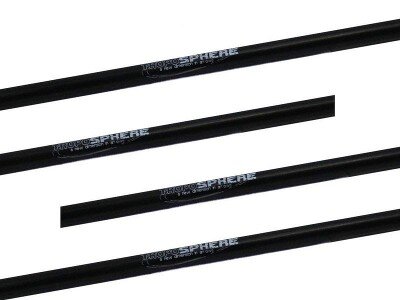The different models
Finding the right arrows for your bow is not always easy. Various factors such as draw length and weight play a role, as do the distance to the target and your personal shooting style. If you have no previous experience with archery, you should first seek professional advice. But even experienced archers don't always know which shaft to choose for their arrows.
Arrow shafts
You will find a large selection of models here: Carbon shafts, wooden shafts, fibreglass shafts and hybrids such as aluminium-carbon shafts are available in numerous lengths and colours. For long-distance arrows, for example, particularly thin carbon versions are recommended, while an aluminium shaft is also sufficient for short distances.
Arrow shafts made from flexible aluminium-carbon
Shafts made of aluminium and carbon combine the best characteristics of both materials and are among the highest quality arrow bases. The lightweight aluminium in combination with extremely stable carbon fibres is often used by competition shooters, as these shafts are less susceptible to wind than conventional carbon shafts and are still indestructible.
As a professional shooter, you can rely on this perfectly balanced mix of materials and buy your shafts from EASTON directly from our online shop. We will be happy to advise you on the various basic materials and the perfect arrow for your needs.
Fibreglass or wooden shafts? What you should look out for in arrow shafts
If you are a longbow archer, you should only use wooden shafts for shooting and fletch them with natural feathers for tournaments, as recommended by the Deutscher Feldbogen Sportverband e.V. (DFBV). All other shooters are better off using modern materials such as aluminium or fibreglass shafts. The clear disadvantage of a wooden arrow is its susceptibility to changes in temperature and humidity.
Recurve and compound archers in particular, who practise the sport intensively, work with a precise fine-tuning that conventional wooden shafts cannot provide. However, despite the wide range of materials available, an arrow shaft should suit the bow and the archer, especially in terms of length and Spine value.
Frequently asked questions
If you don't want to buy a complete arrow, you can make your own. To do this, you first need a shaft. Like the complete arrows, these are also available in various materials such as aluminium, wood or carbon.
Which arrow shaft is right for you depends on various things:
- Material: depending on what durability, accuracy or weight you prefer and how expensive you want the shaft to be, there are different materials. Carbon shafts are generally more durable and therefore more expensive than wooden shafts, for example, and can be tuned much more precisely. This is particularly important for compound shooters.
- Spine: The spine value indicates the bending capacity of your shaft. The spine values vary depending on the material of the shaft. They also depend on the length of the shaft and the draw weight of the bow.
- Length: The length of your shaft also determines your overall arrow length and must be adjusted to your Draw length.
- Shaft weight: Depending on how heavy or light the shaft is, the arrow will fly faster or slower. A light shaft usually flies faster than a heavy shaft. However, the latter also flies more stable.
- Diameter: The diameter of the shaft also influences the trajectory of your arrow. While a thicker shaft flies more stable, thin shafts can make the arrow fly faster and it can penetrate deeper into the target.
- Tip: As the tip has its own weight, it also influences the flight of the arrow. There are also different types of tips, depending on what they are to be used for. All of these points depend on your own needs and should be adapted to them. If you need help with this, you are welcome to contact us directly.
Alongside the draw length, the spine value is the most important factor when buying arrow shafts. The Spine indicates the so-called bendability or stiffness of the shaft, i.e. how much the shaft can be bent. To choose the correct Spine, you need to know the draw weight of the bow and your personal draw length. The draw weight is usually printed on the limbs and can also be determined using a bow scale if required. You can find out how to determine your draw length here: Link to question. As a simple rule of thumb, the stiffer the shaft, the lower the spine value. These arrows are recommended for bows with high draw weights and for shooters with longer draw lengths. The reverse is true for lower draw weights and shorter draw lengths. A so-called Spine value calculator can help you to determine the correct Spine.
The correct stock length depends primarily on your draw length. The draw length indicates how far you draw the bow to your anchor point. It is measured from the front edge of the bow to your anchor point.
You can use a measuring arrow to determine the draw length. This is nocked like a normal arrow. At full draw length, a second person can then read off your draw length from a scale on the measuring arrow. Another frequently used method is the arm tension method. Here you measure from fingertip to fingertip with your arms fully extended to the side. You then divide the measurement result by 2.5 and this in turn by 2.54. This is a simple way to get a fairly accurate value for your draw length in inches.


